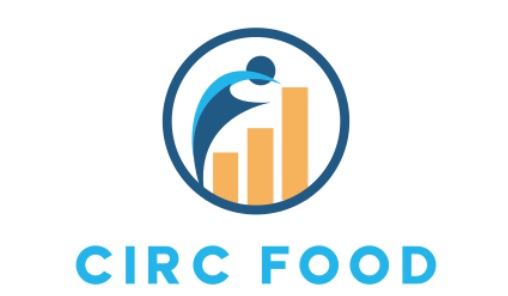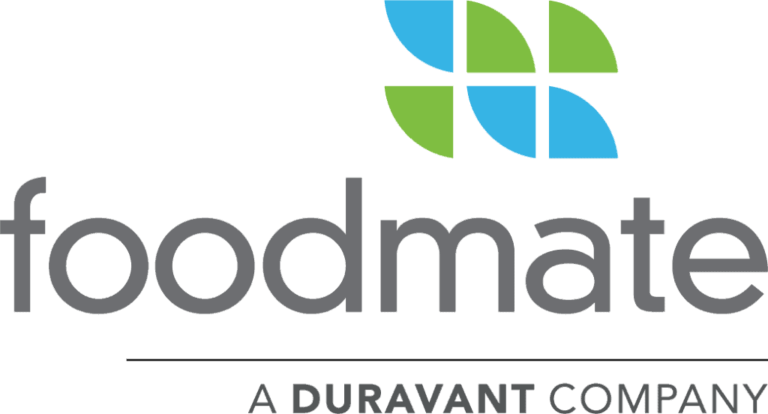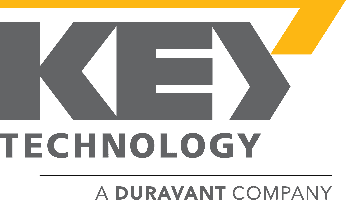Understanding Industry Standards for Selecting the Best Food Packaging Equipment
As the food industry continues to evolve, understanding the crucial role of Food Packaging Equipment has become essential for businesses aiming to maintain competitiveness and comply with stringent industry standards. According to a recent report by MarketResearchFuture, the global food packaging market is expected to reach a valuation of over $1 trillion by 2027, driven by increasing consumer demand for convenience and sustainability. With innovations in packaging technology advancing rapidly, selecting the right equipment is vital for ensuring product safety, enhancing shelf life, and minimizing environmental impact.
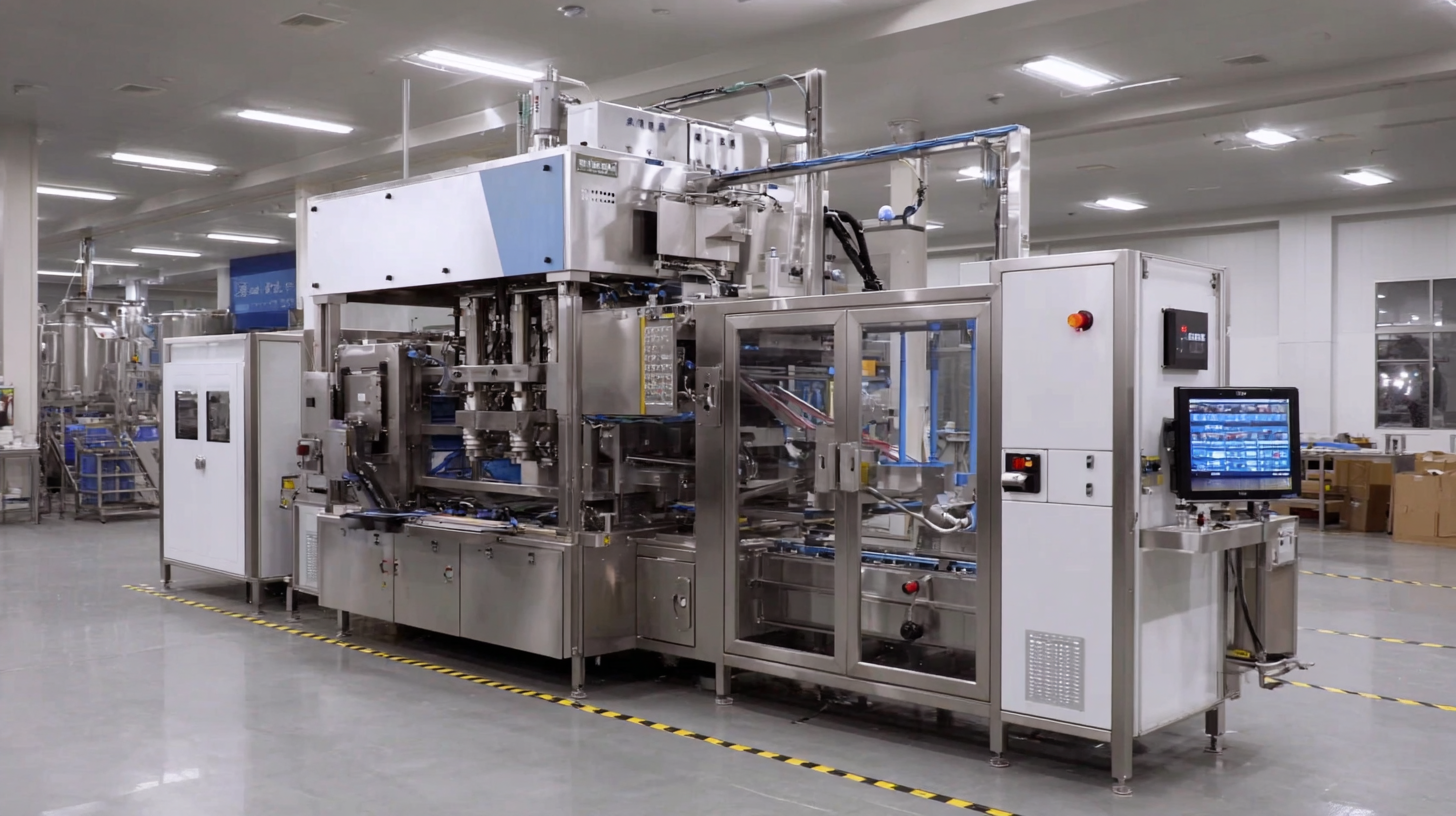
Furthermore, compliance with regulations, such as those set forth by the FDA and USDA, necessitates a thorough understanding of industry standards. This blog will provide valuable insights and tips for selecting the best food packaging equipment to meet these challenges and support business growth in a dynamic market landscape.
Key Considerations for Selecting Food Packaging Equipment Based on Industry Standards
When selecting food packaging equipment, understanding the industry standards is essential for ensuring safety, efficiency, and compliance. One crucial consideration is the materials used in the packaging process. The equipment should be made from food-grade materials that can withstand the specific conditions of your product, such as temperature changes and moisture exposure. Regularly checking for certifications is a smart way to ensure the materials meet industry regulations.
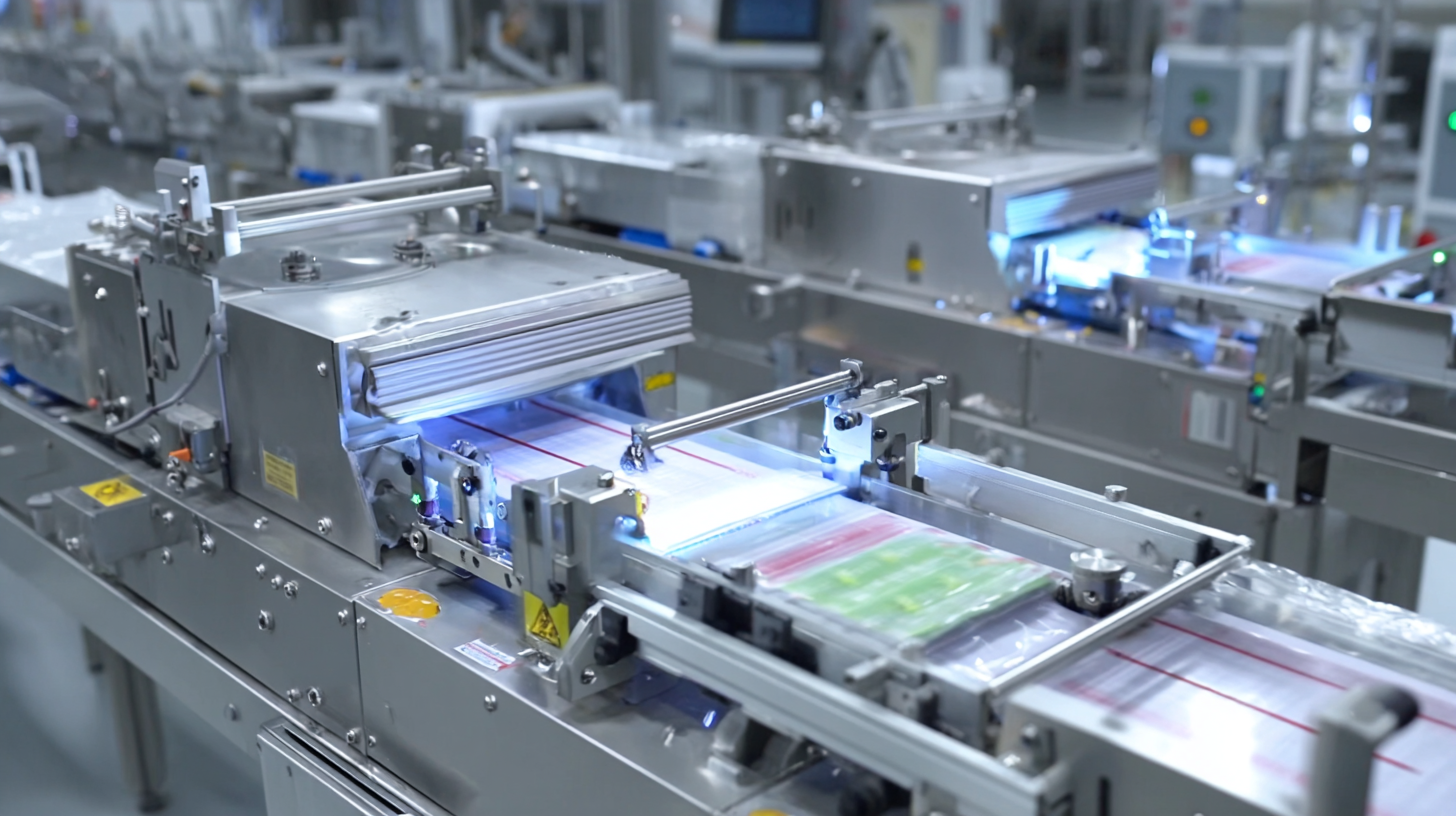
Tips: Always verify that your equipment suppliers provide documentation of compliance with relevant standards like FDA or EU regulations. This ensures that the materials are safe for food contact and that you can trace the lineage of the materials used.
Another key consideration is the adaptability of the packaging equipment. As consumer preferences evolve, your equipment should be able to accommodate different product sizes, types, and packaging styles. Investing in versatile machinery can save costs in the long run as it allows you to pivot your packaging strategy without needing to purchase new equipment every time a shift occurs.
Tips: Look for machines with adjustable settings or modular features that enable you to customize the packaging process easily. This will not only enhance operational flexibility but also potentially minimize downtime as adjustments are made.
The Importance of Compliance: Understanding Regulatory Requirements in Food Packaging
When it comes to food packaging, understanding and complying with regulatory requirements is essential for ensuring product safety and consumer confidence. Compliance with industry standards not only helps in maintaining quality but also protects companies from potential legal issues. Regulations may vary by region, but they generally encompass aspects such as materials used in packaging, labeling, and sanitation practices. Companies must stay informed and understand these directives to effectively navigate the complexities of the food packaging landscape.
One key area of compliance involves the use of approved materials that do not pose health risks when in contact with food. This includes understanding which substances are permissible and which are restricted. Additionally, food packaging must meet specific labeling requirements that communicate important information to consumers, including ingredient lists, allergen warnings, and expiration dates. By adhering to these regulations, food businesses not only minimize the risk of contamination but also enhance their credibility in the marketplace, ultimately leading to increased consumer trust and loyalty.
Compliance Factors in Food Packaging Equipment Selection
Evaluating Efficiency: Metrics for Measuring Packaging Equipment Performance
When evaluating food packaging equipment, efficiency is key to maximizing output and minimizing costs. Metrics for measuring packaging equipment performance include production speed, downtime, and overall equipment effectiveness (OEE). Production speed is a straightforward measure that indicates how many units of product can be packaged in a given timeframe. This metric not only affects throughput but also helps in assessing how well the equipment fits within the overall production schedule.
Downtime is another critical metric that must be monitored. It encompasses both scheduled maintenance and unscheduled repairs, impacting the overall efficiency of the packaging line. Reducing downtime can significantly enhance productivity and lower operational costs. By analyzing downtime data, businesses can identify patterns and proactively address issues, leading to a smoother operation.
Overall Equipment Effectiveness (OEE) combines these metrics into a single percentage that reflects the productive use of equipment. This comprehensive metric provides a clear picture of the efficiency of the packaging process by considering both the availability and quality of output. By focusing on these metrics, companies can make informed decisions when selecting packaging equipment, ensuring they invest in solutions that align with industry standards and operational goals.
Understanding Industry Standards for Selecting the Best Food Packaging Equipment - Evaluating Efficiency: Metrics for Measuring Packaging Equipment Performance
| Equipment Type | Speed (packages/min) | Efficiency (%) | Downtime (min/week) | Maintenance Frequency (times/month) | Energy Consumption (kWh) |
|---|---|---|---|---|---|
| Vertical Form Fill Seal | 120 | 85 | 2 | 3 | 450 |
| Shrink Wrapper | 90 | 80 | 3 | 4 | 350 |
| Cartoner | 60 | 75 | 1 | 2 | 300 |
| Blister Packaging Machine | 80 | 82 | 2.5 | 3 | 400 |
| Tray Sealer | 70 | 78 | 2 | 3 | 480 |
Latest Technological Trends in Food Packaging Equipment and Their Impact on Quality
The food packaging equipment industry is experiencing significant growth, driven by emerging technological trends that emphasize quality and safety. As global demands for food safety and sustainability increase, the market for smart food packaging is projected to surpass $26.8 billion by 2024, with a compound annual growth rate exceeding 6.4% through to 2034. This surge is largely fueled by advancements that integrate technology into packaging, allowing for better monitoring and preservation of food products, thereby enhancing their shelf life and quality.
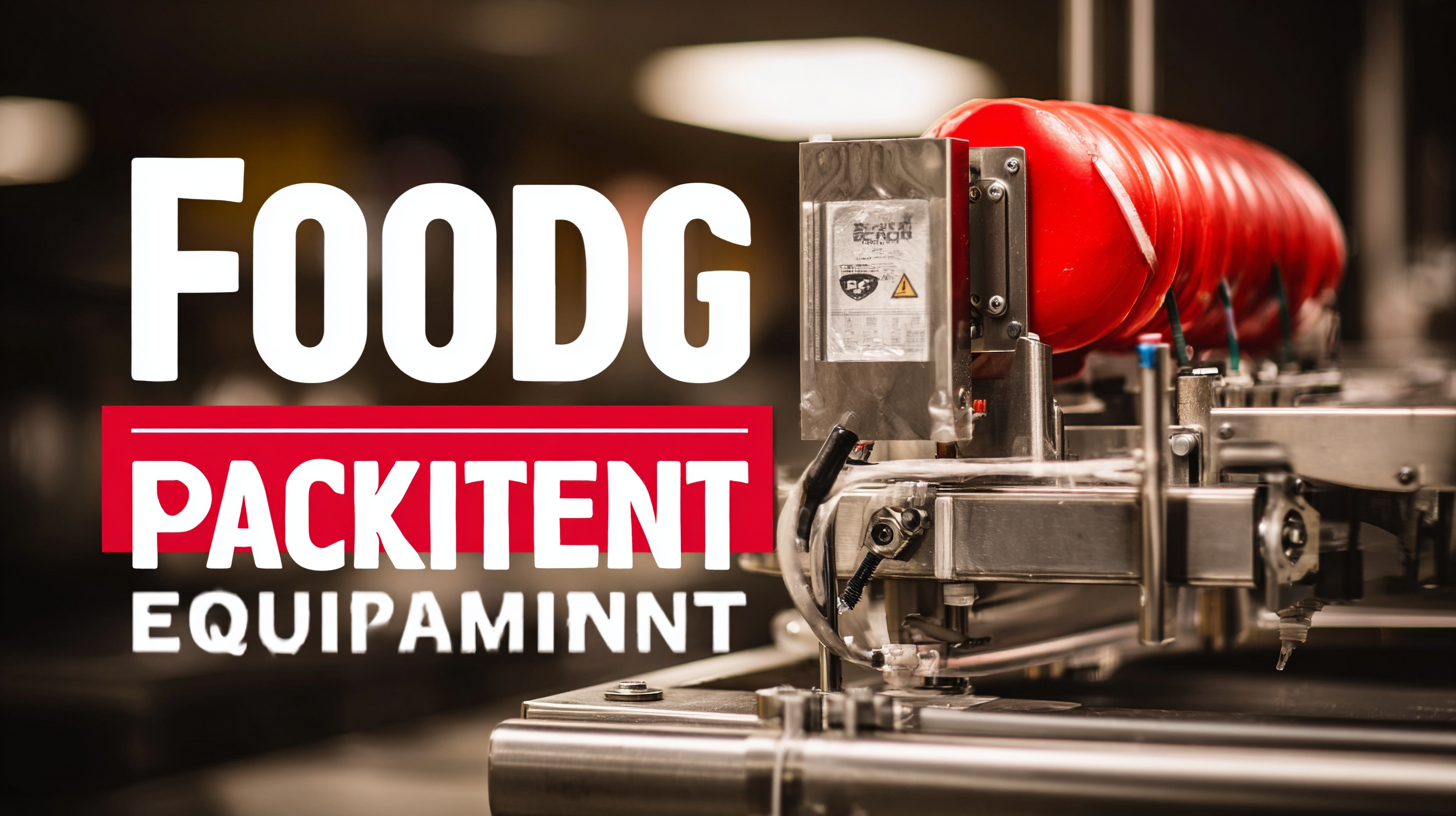
Additionally, the liquid packaging equipment market is set to see a considerable rise, with an estimated value of $8.2 billion in 2024. This growth is attributed to an upsurge in packaged beverage demands and advancements in filling technologies. As industries adapt to changing consumer preferences and regulatory standards, the evolution of food packaging machinery not only meets these criteria but also fosters innovative solutions such as eco-friendly materials and intelligent designs that cater to diverse applications. As food safety regulations tighten, the importance of innovative packaging solutions in maintaining product integrity and enhancing consumer protection cannot be overstated.
Sustainability in Food Packaging: How to Choose Eco-Friendly Solutions
In today's competitive food industry, sustainability has become a crucial criterion in selecting packaging equipment. Consumers increasingly demand eco-friendly solutions, pushing companies to rethink their packaging strategies. According to a report by Grand View Research, the global green packaging market is projected to reach $500 billion by 2027, growing at a CAGR of 5.1%. This shift reflects the rising importance of sustainable practices as a competitive advantage.
When choosing eco-friendly packaging equipment, it is important to consider materials that minimize environmental impact. Biodegradable and recyclable materials, such as plant-based plastics and compostable films, are becoming more prevalent. A study by Smithers Pira highlighted that over 70% of consumers are willing to pay more for sustainable packaging options. This trend not only benefits the environment but can also enhance brand loyalty and consumer trust.
Furthermore, energy-efficient packaging equipment plays a vital role in sustainability. Manufacturers who invest in advanced technologies can reduce energy consumption by up to 30%. Reports from the European Commission indicate that sustainable practices in packaging can lead to significant reductions in greenhouse gas emissions. Therefore, selecting equipment that optimizes resource efficiency is essential for companies looking to lead in sustainability while meeting consumer expectations.
